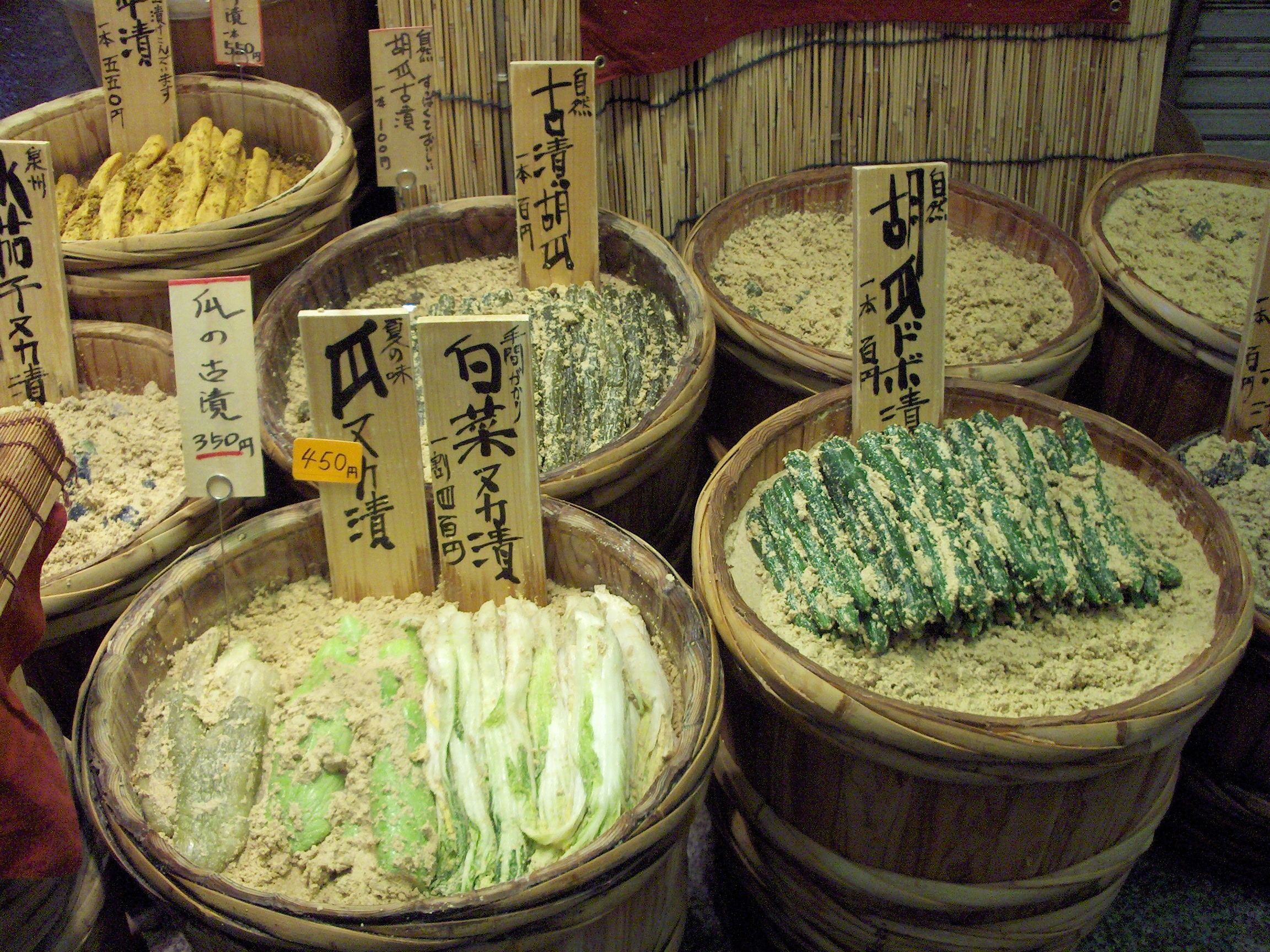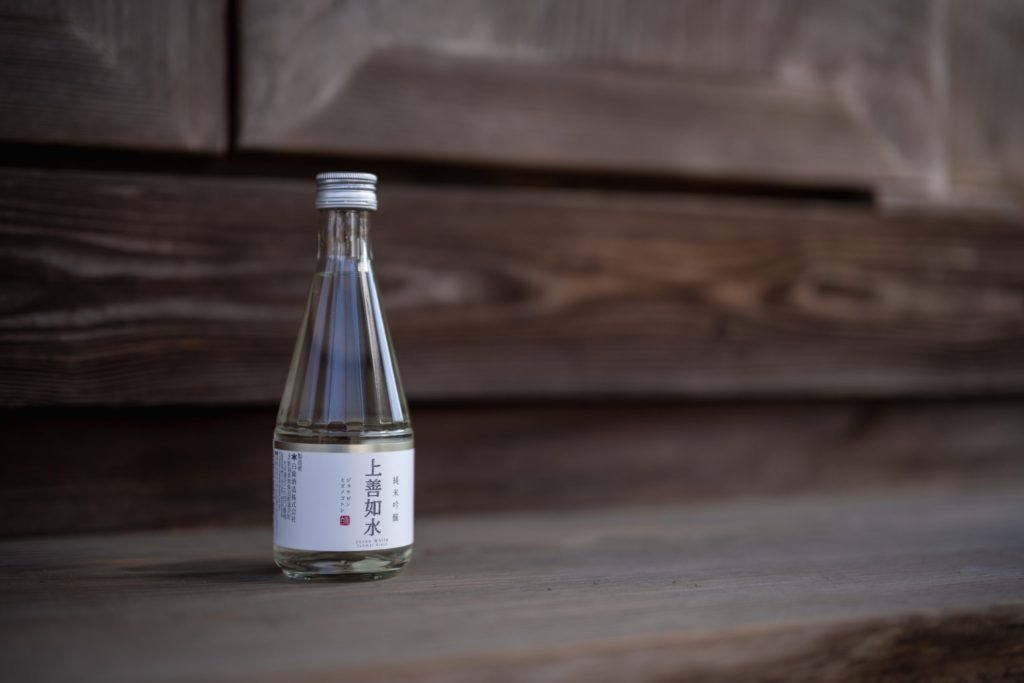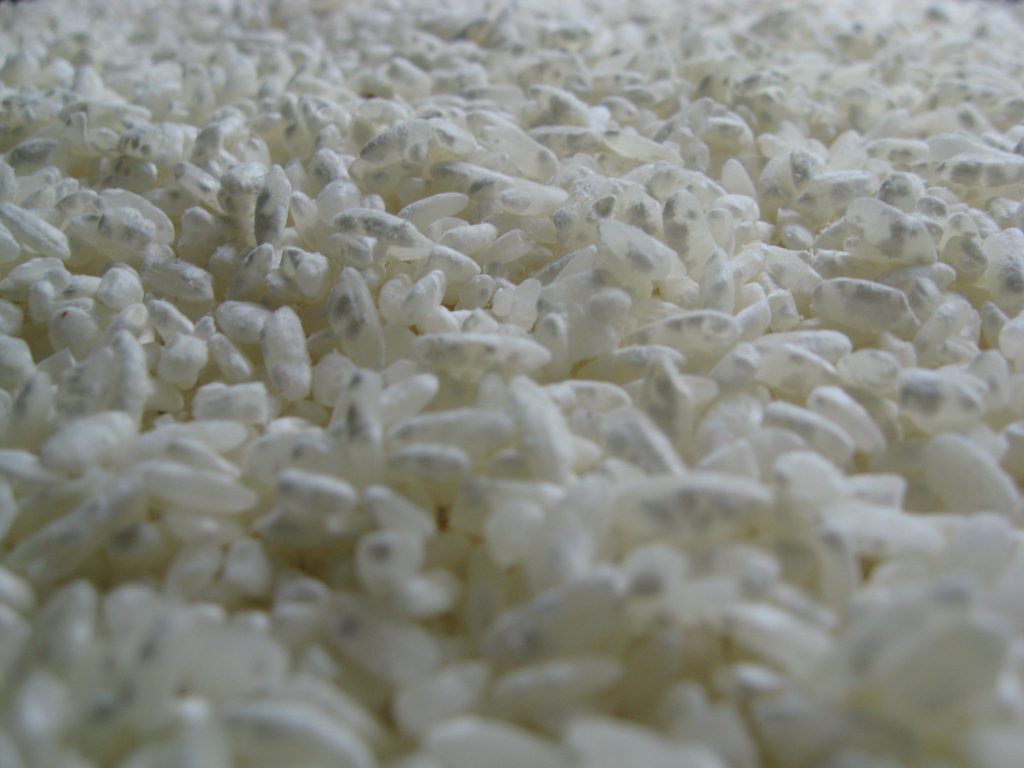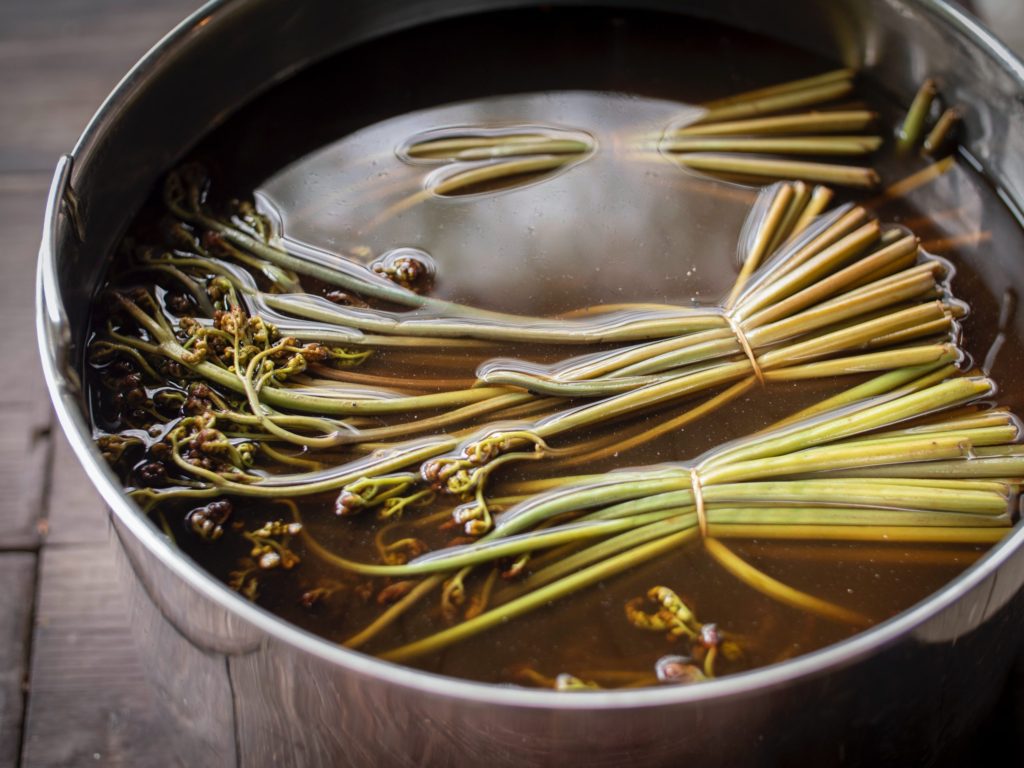Various countries around the world are using fermentation to enjoy their food. Each country has a variety of fermented foods such as yogurt, cheese, pickles, sauerkraut, anchovies, tempeh, and so on. A unique Japanese fermentation culture has been formed and many fermented foods have been produced in Japan too.
-

-
7 Popular Japanese Fermented Food & Drink Examples
Japan has a profound fermentation culture. Japan's high level of humidity has made it easy for fermenting microorganisms to thrive. In addition, in the heavy snowfall areas that cover half of Japan, people had to focus on how to preserve food in order to survive the long, harsh winters. These environmental factors led to the refinement of Japan's fermentation culture. Fermented foods such as soy sauce and miso, which have been used for centuries, are now the cornerstones of Japanese cuisine. Here are some of the most famous Japanese fermented foods. Soy Sauce (醤油 - Shoyu)Miso (味噌)Natto (納豆)Sake (酒)Japanese pickles ...
続きを見る
According to "「発酵」のことが一冊でまるごとわかる" by Katsuhiro Saito, the earliest record of fermented food in Japan is from the Nara period (710-794), where there is a written record of eating pickled gourd. In the Heian period (794-1185), there are also records of people eating vegetables dipped in sake lees and vinegar. In 2013, Washoku(Japanese food) was registered as an Intangible Important Cultural Property by UNESCO. Japanese food is also rooted in soy sauce and miso, which are made from koji mold. Why has fermentation culture developed so much in Japan?
Humid climate for fermentation
Climate is a major factor in fermentation. The warmer and more humid the climate, the better the environment for fermentation. The warmer and more humid the climate in Japan, the better the environment for fermentation.
Variety and abundance of ingredients
Japan is 75% mountainous and is surrounded by the sea. Because of this, there is an abundance of food from the mountains and the sea.
For this reason, Japan has a variety of unique fermented marine products, such as shiokara(salted squid), kusaya, shottsuru, and funa-zushi.
Severe winter climate
In the northern areas of Japan, heavy snowfall in winter closes the fields and makes it impossible to harvest crops. In the old days, there were no refrigerators, so how to preserve food was a very important issue for people living in the snow country. Under such circumstances, fermented food was considered important as a preservation food.
Salt was relatively easy to obtain
According to "「発酵」のことが一冊でまるごとわかる", salt has been relatively easy to obtain since ancient times due to the fact that the country is surrounded by the sea. Fermented foods made by salting fish are thought to have taken root before the Nara period (710-794). Fish would quickly spoil if left raw, but because salt was readily available, it is believed that fish came to be eaten as a preserved food.
Reference: Katsuhiro Saito, 「発酵」のことが一冊でまるごとわかる (2019) 発酵が育む東北の食








